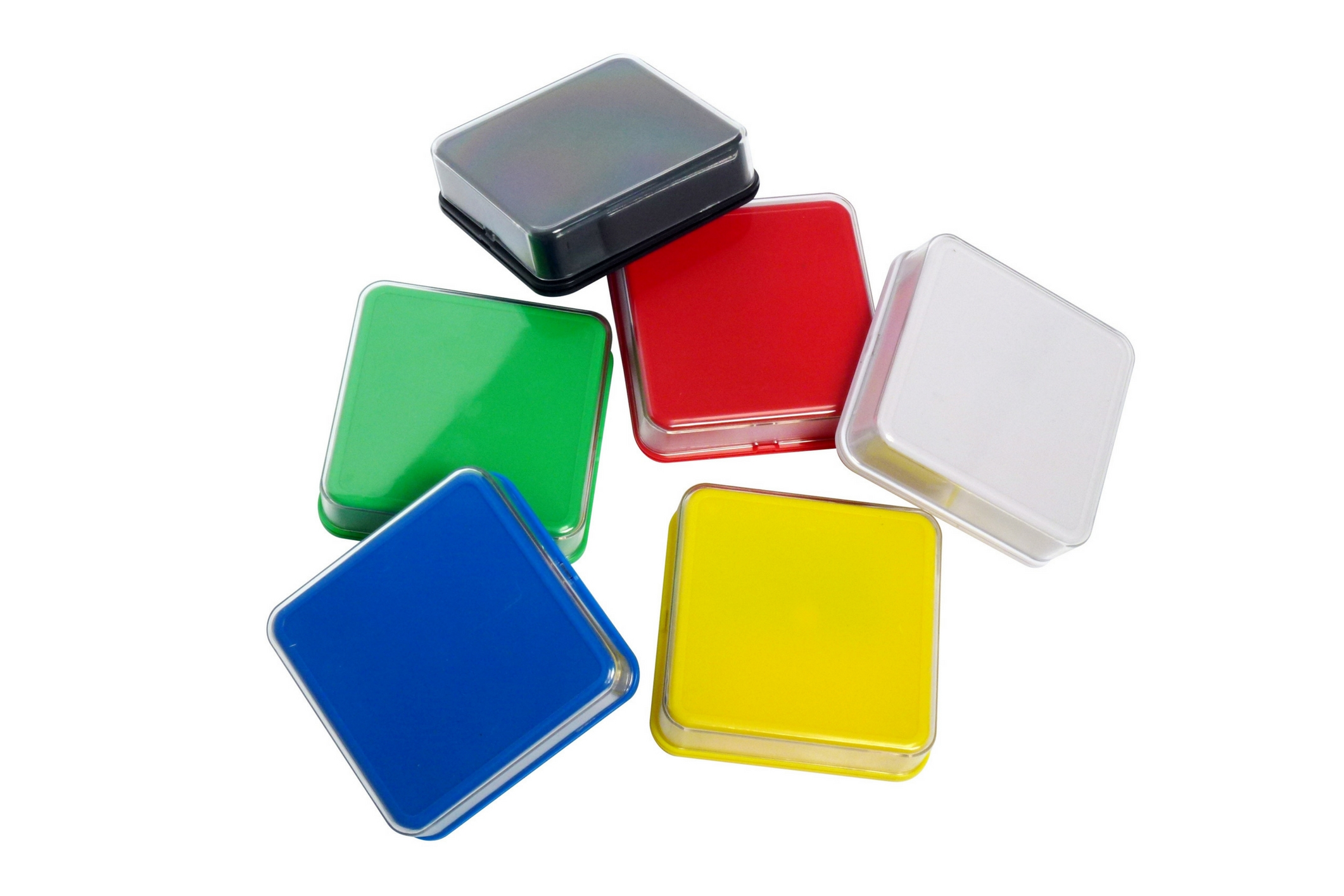BLOG


Teaching Kids To Champion Oral Motor Skills Like A Pro
What are Oral Motor Skills?
Oral motor skills refer to the movement of facial muscles viz. Lips, jaw and tongue for speaking and chewing of foods. The simple act of chewing food needs proper coordination and strength from dozens of facial muscles. Children with poor oral motor skills exhibit drooling and excessive grinding of teeth. They also exhibit delayed speech skills and are messy eaters. This generally happens to new born toddlers and during infancy. Improvement of oral motor skills in children through different activities and exercises strengthens these weak muscles. Hence, theylearn to pronounce words correctly and drink water without spilling.
Down syndrome and speech abnormalities
Children with Down syndrome have difficulties in speech and consumption due to anatomical and physiological anomalies of the mouth cavity and throat area. Some of the physical differences include protruding tongue due to a small upper jaw with high palatal arch and a relatively long tongue, smaller chin and weak oral facial muscles. Speech therapy is crucial to the cognitive development of such children.
Down syndrome is a genetic disorder caused due to the presence of chromosome 21 or its copy. It leads to physical growth delays, abnormalities in facial features and moderate intellectual disability. The average mental age of a person suffering from Down syndrome is about 8-9 year old. This genetic abnormality is not curable and children need specialized care and education for a better quality of life. Education is provided in specialized schools in a classroom environment.
Oral motor activities for children with special needs
- Using vibrating oral motor tools to provide sensitivities to the oral cavity for normalizing sensation that affects speech and feeding development. Gum massage can also be done for providing sensation.
- Parents play an important role in their improvement. They can make silly faces in front of the mirror with the child and can be asked to imitate those faces. Puffing out the cheeks while keeping the lips sealed, pursing the lips together to make a kiss etc.With practice, the child will become aware of the different muscle groups.
- Blowing of bubbles or through a straw and whistles are essential for sound production. Blowing a whistle involves lip swelling and strengthening the cheeks. It helps in regulating the airflow required for sound production. The child can be made to blow cotton balls through a straw as a fun game.
- Making funny sounds with the exaggerated motions of the tongues, cheeks and lips strengthen oral motor skills. Silly sounds make the exercise more appealing to children.
- If the child is old enough, he should be allowed to eat on his own. Instead of drinking from a cup, he should be allowed to sip through a pop-up straw to strengthen muscles.
- Licking a sticky incentive such as peanut butter or marshmallow from the roof of the mouth improves tongue elevation.
At home, these oral motor exercises help in increased sound output and speech variety and also improved speech clarity. These various activities should be designed by a speech therapist keeping the special need of child in mind.

